Aussie golfer Peter Thomson was one of the all-time greats
OBITUARY: The 23 year old Melbourne golfer had tried to crack the British Open, coming runner up twice, but Peter Thomson finally scored his victory in 1954
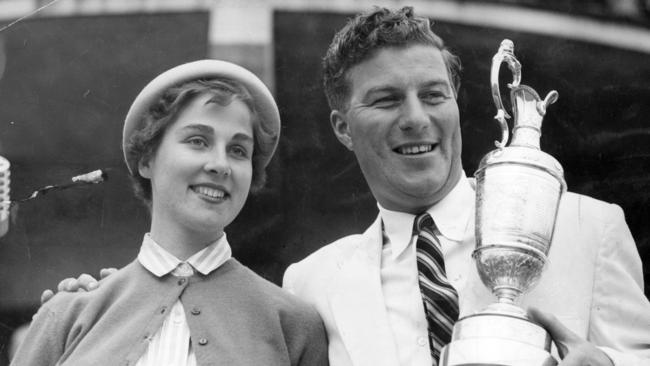
Today in History
Don't miss out on the headlines from Today in History. Followed categories will be added to My News.
FOR two years, in 1952 and 1953, he had been runner-up but all that was about to change. Melbourne golfer Peter Thomson, 23, had fought his way to become one of the best players in the world. He had been trying unsuccessfully since 1951 to finally crack the British Open.
In 1954 it came down to the last putt. Rival Bobby Locke had a chance to tie with Thomson but his putt came up short, giving Thomson the victory. He was the first Australian to win the Open.
Just to prove it was no one-off, Thomson went back to win in 1955 and 1956. Locke took the title in 1957 but Thomson won again in 1958. Although it would be a long time before his next British Open win in 1965, he did it in style beating greats Jack Nicklaus, Arnold Palmer and Gary Player.
Thomson, who died yesterday at the age of 88, was considered one of the greatest golfers in the history of the game, one of only two players in the world to win the British Open five times.
He was born Peter William Thomson in the Melbourne inner-city suburb of Brunswick on August 23, 1929.
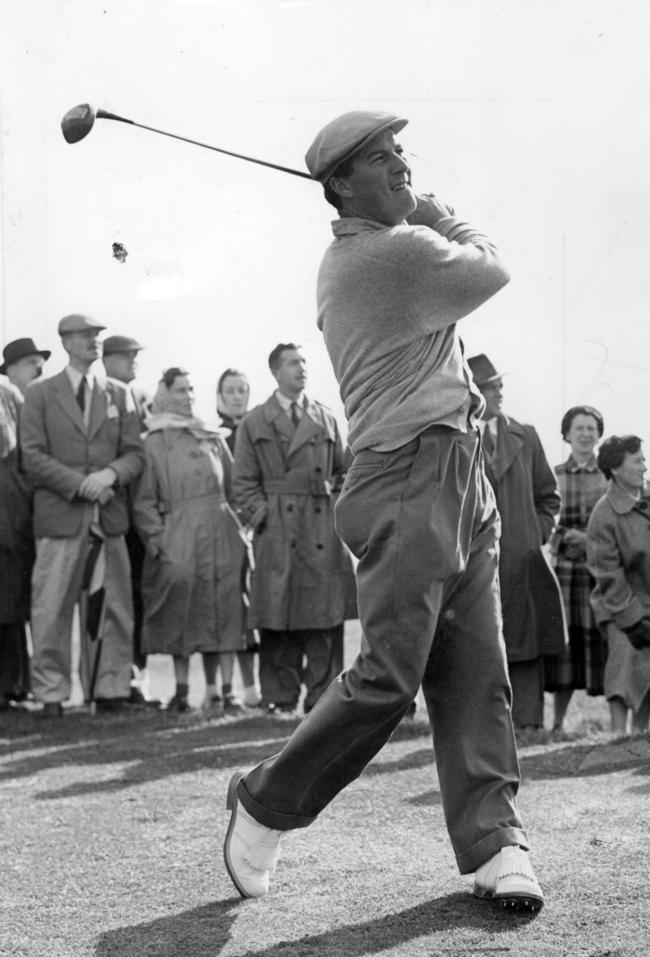
His father was a sign-writer and a battler. Although Thomson was a promising cricketer, scoring an unbeaten 150 against a men’s team when he was only 15, his passion was golf.
The family lived near the Royal Park golf course, which became his playground. At 14 the Royal Park Golf Club changed its rules so he could join. He was champion of the club at 15 and subsequently gave away thoughts of becoming a geologist and turned professional in 1947.
Thomson won the national championships of 10 countries, including the New Zealand Open nine times and Australian Open three times. He first played on the PGA Tour in the US in 1953 and 1954, finishing 44th and 25th on the money list, respectively. He won the Texas International in 1956. Thomson topped the money list in 1985 after winning nine times on the Senior PGA tour
in the US. His last tournament victory came at the 1988 British PGA Seniors Championship,
the same year he was inducted into the World Golf Hall of Fame.
Overall, he won 26 European Tour events, 34 times on the Australasian PGA tour and 11 on the seniors tour in the US, as well as once in Japan.
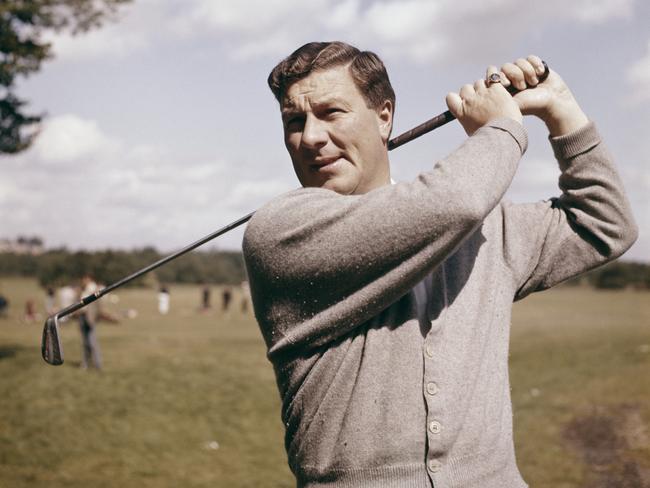
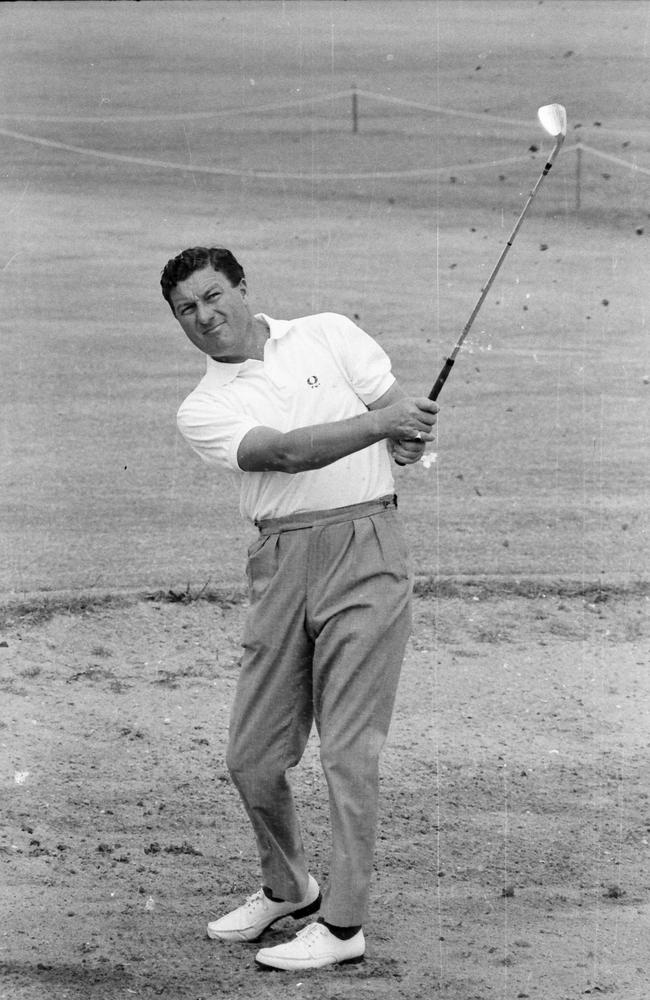
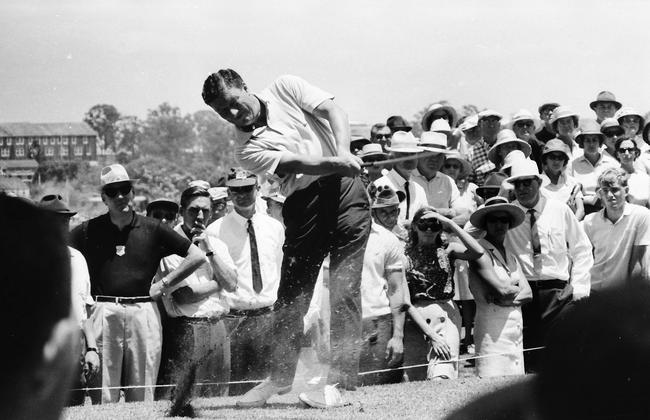
In later years, Thomson wrote articles for many publications and daily newspapers, was club professional at Royal Melbourne and designed more than 100 golf courses. In the 2011 Presidents Cup program, Thomson provided an insightful hole-by-hole analysis of the composite course at Royal Melbourne.
Thomson was always reluctant to compare his wins with anyone else’s. “All records are qualified in that they were made at a certain time in history,” Thomson told golf historian and author Brendan Moloney for a story on his 80th birthday.
“The circumstances change so much, and so do the players’ attitudes. In golf, only in the past 30 years or so has there been a professional attitude to playing for money. The professionals in the US and Britain and anywhere else all had club jobs as a backstop to their income.”
Thomson always had stories to tell, and told them well. With a full head of hair and a lineless face that belied his age, he wasn’t afraid to let everyone know his feelings on any subject.
That was true as far back as 1966. As president of the Australian PGA, he was indignant that Arnold Palmer’s prize for winning the Australian Open was only $1600, out of a total purse of $6000, one of the smallest in golf.
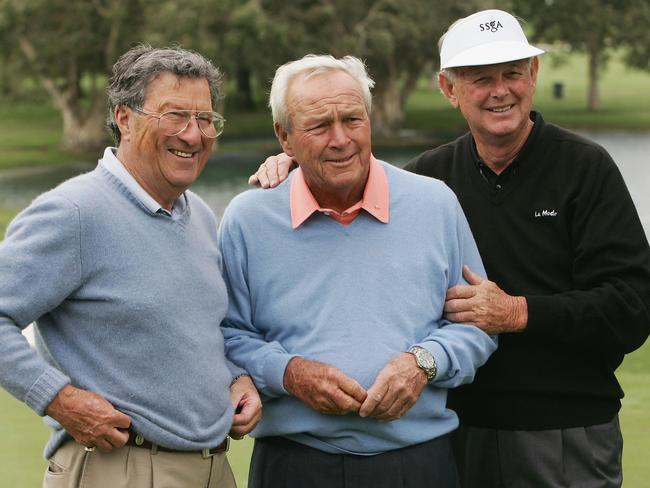
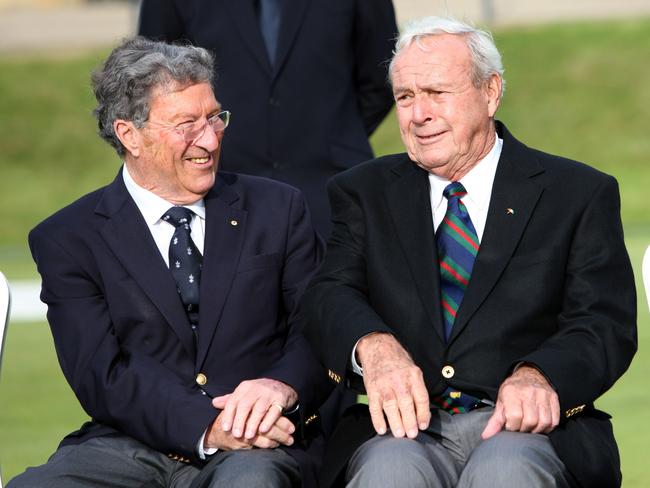
“Golf Stars Play for Peanuts,” blared the headline of a story he wrote. “Never before has such a field of top golfers played for what $6000 is worth today. Canada offers 19 times that. I know 19 other countries who give more.”
But he was happiest on the golf course, once saying: “I don’t think I did a real day’s work in the whole of my life.”
Thomson served as president of the Australian PGA for 32 years and worked behind the scenes for the Odyssey House drug rehabilitation organisation where he was chairman for five years.
In 1979, he was made a Commander of the Order of the British Empire (CBE) for his service to golf, and in 2001 became an Officer of the order of Australia (AO) for his contributions
as a player and administrator, and for community service.
Golf was his life but in 1982 he dabbled in politics, making an unsuccessful run for the seat of Prahran.
Thomson is survived by his wife Mary, son Andrew and daughters Deirdre Baker, Pan Prendergast and Fiona Stanway, their spouses, 11 grandchildren and four great-grandchildren.
